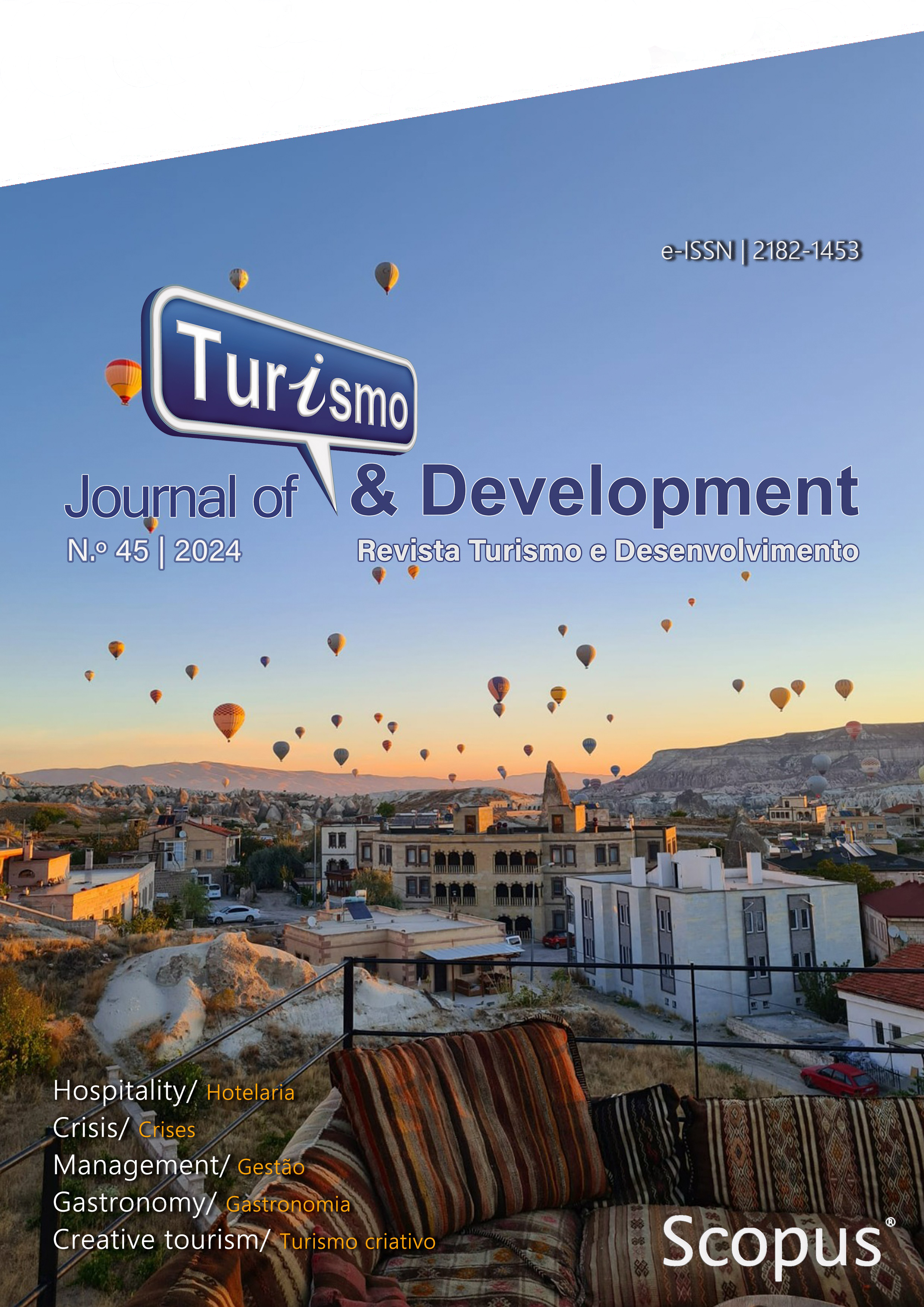Cultural Sites Distribution based on Heritages Status as a Tourism Destination in Indonesia and Japan
Resumo
Japan and Indonesia have culture as a tourism sector because both countries have old cultural civilizations. Japanese and Indonesian culture has existed since before the common era. It makes Japan and Indonesia have a lot of cultural heritage especially architecture because not only trade but also the spread of religion on the maritime silk route. The research of cultural heritage in the realm of geography is always related to the spatial distribution of heritage, but they have specific indicators that are different from others. The research purposes are to identify the distribution structure of heritage sites at the inter-city level (province or prefecture) and compare between 2 inter-city regions in Indonesia and Japan and their relation to the tourism destination. The objects of this research are heritage and Historic objects in Yogyakarta Province and Nara Prefecture. Research Methodology used Analytical Methods. The results of this study indicate that status granting in Indonesia based on the determination of the world heritage level, national, Province, and regency makes Indonesia evenly distributed compared to the granting of Nara status based on designation, selection and registration because the designation process in Indonesia can be done at the local level so that local governments try to conduct an inventory of cultural heritage sites. In contrast, the granting of heritage site status in Japan is concentrated on the central government which makes the distribution more concentrated in one region.





